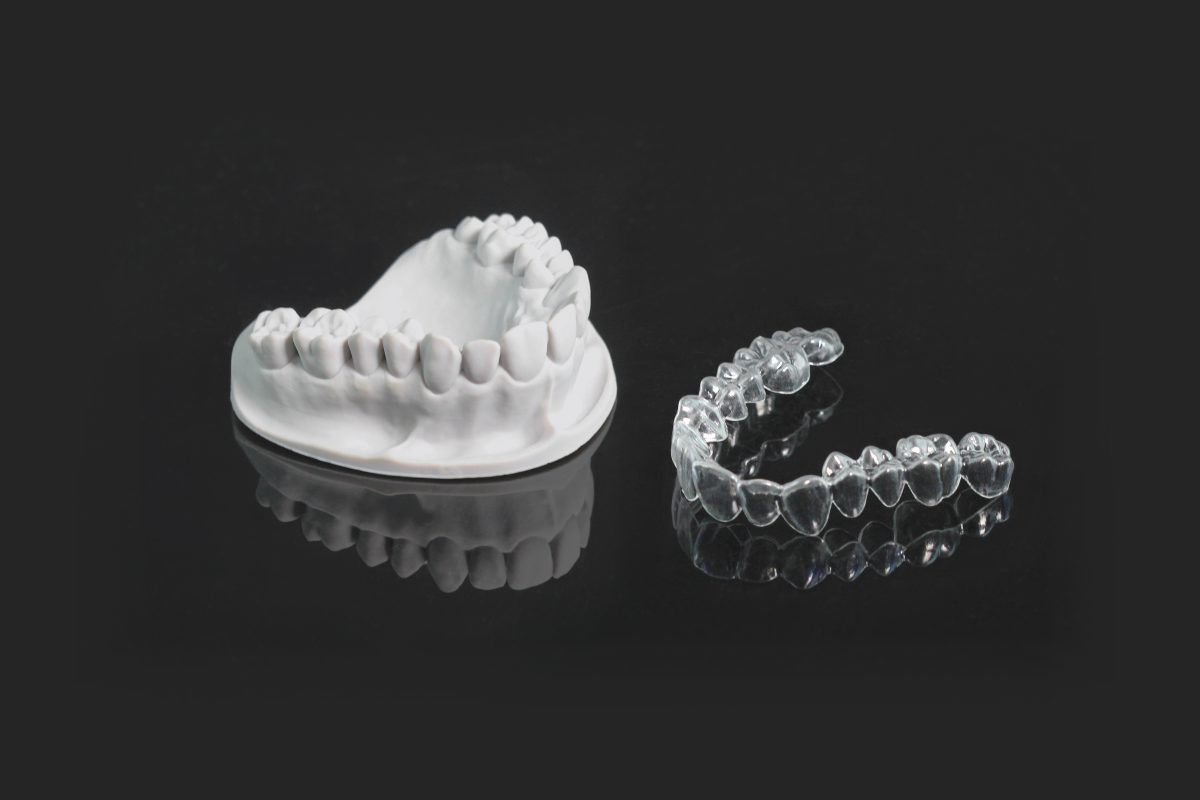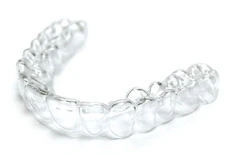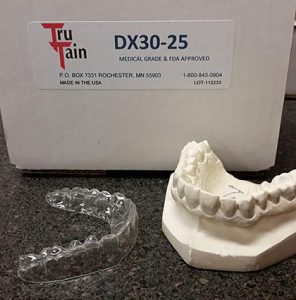Introduction:
Embark on a journey toward a confident and radiant smile with Tru-Tain Aligners. In this blog post, we’ll guide you through the step-by-step process, unveiling the simplicity and effectiveness of obtaining Tru-Tain Aligners for your orthodontic transformation.
1. Initial Consultation: Your Smile’s Starting Point
Your journey begins with a personalized consultation. Discover how our orthodontic experts assess your dental needs, discuss treatment goals, and determine if Tru-Tain Aligners are the ideal solution for you.
2. Digital Impressions: Precision in Every Detail
Bid farewell to messy molds. Explore the advanced technology of digital impressions, ensuring precise measurements for the creation of your custom Tru-Tain Aligners.
3. Treatment Planning: Crafting Your Smile Blueprint
Delve into the intricacies of treatment planning. Learn how our orthodontic specialists use advanced software to create a personalized blueprint, outlining the step-by-step transformation of your smile.
4. Aligner Fabrication: Tailored to Perfection
Uncover the manufacturing process that brings your aligners to life. Explore how each set is meticulously crafted to fit your unique dental structure, ensuring optimal comfort and effectiveness throughout your treatment.
5. Aligner Fittings: Personalized Comfort
Witness the fitting process that ensures your Tru-Tain Aligners sit comfortably in your mouth. Learn about any necessary adjustments and how our specialists ensure that your aligners align seamlessly with your teeth.
6. Wearing Your Aligners: A Lifestyle Adjustment
Transition into wearing your Tru-Tain Aligners with ease. Explore the guidelines for daily wear, the importance of compliance, and how these aligners seamlessly integrate into your lifestyle.
7. Scheduled Check-Ins: Monitoring Your Progress
Stay connected with our orthodontic team throughout your journey. Discover the importance of scheduled check-ins to monitor your progress, make any necessary adjustments, and ensure your smile is on track.
8. Completing Your Treatment: Unveiling the New You
Anticipate the exciting reveal of your transformed smile. Explore the final steps of your Tru-Tain journey, including potential refinements and the transition to retainers to maintain your stunning results.
Conclusion:
The process of getting Tru-Tain Aligners is a carefully curated journey designed to make orthodontic transformation seamless and effective. Join the countless individuals who have embraced the simplicity and confidence that comes with Tru-Tain, and let your radiant smile journey begin.
Ready to start your Tru-Tain journey? Schedule your consultation today with an AAO certified orthodontist and take the first step toward a step-by-step transformation to a more confident and radiant smile. Your personalized smile blueprint awaits.






